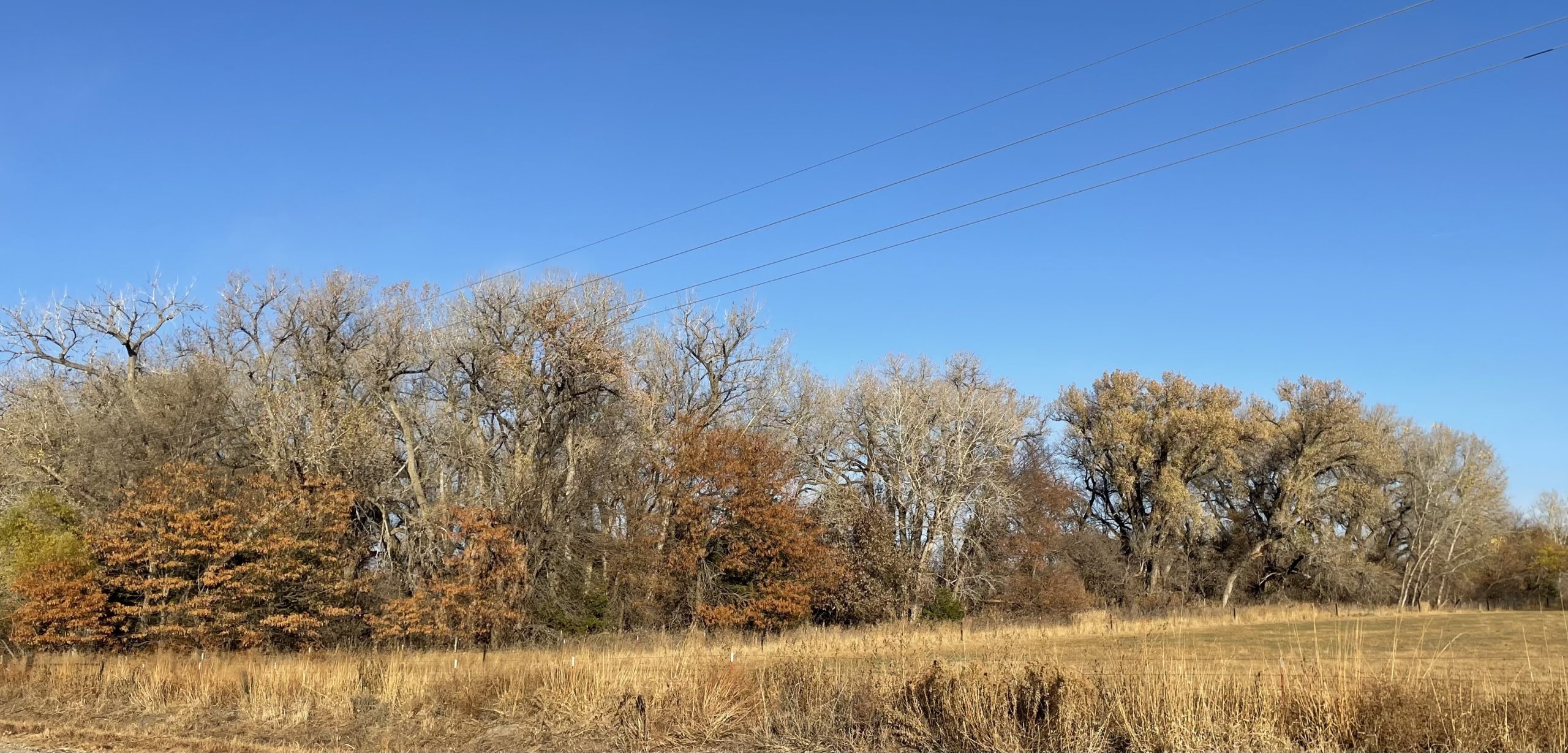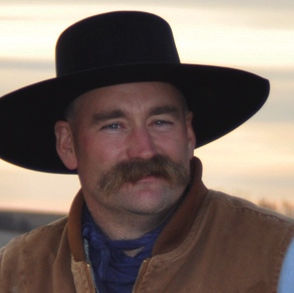Remember back in the day when we were encouraged to plant a tree? Well apparently, now the cool thing to do is to kill a tree. I recently received a phone call from a friend near Valentine, Nebraska.
She told me I needed to come see them cutting all the shelter belts out of the Cherry Valley National Wildlife Refuge. So, I went and, sure enough, I witnessed the cutting and piling of 60 years of work and dedication to creating natural protection for the land and wildlife. The real reason, I have learned, is because there are people who have decided it is time to “rewild Earth.”
I attempted to follow up on the endeavor and I found the flawed logic that is being repeated throughout the entire country as evidence by the link another friend sent me to a South Dakota State University Extension newsletter that just came out:

‘Removing mature shelterbelts from grassland‘
“Shelterbelts and tree claims were initially established in this region during the homestead act as a source of shelter, fuel, and economic benefit to those settling the area. Since that time, additional shelterbelts of a variety of shapes and sizes have been added to the landscape. Primarily, these shelterbelts were installed to protect exposed agricultural soils from wind erosion.
“There are three primary drivers that warrant substantial consideration when evaluating the need to remove or forego planting a shelterbelt for wildlife or conservation purposes related to grassland communities. Research has shown that shelterbelts can serve as perch sites for aerial predators, such as raptors. These perch sites have a sphere of impact around them that can extend for several hundred yards and can be detrimental to grassland birds. Shelterbelts, scattered large volunteer trees, and even lone trees in a grassland system (known as ‘wolf’ trees) can serve to impact the grassland wildlife community through predation by raptors and others.”
In 1900, the Great Plains of America was barren. In fact, the earliest pioneers called it The Great American Desert. Through time and resource management, we have created a tremendously healthy ecosystem that enables food production, wildlife habitat and planet health. Who in their right mind can suggest that we don’t have a shelterbelt because trees may grow in places you don’t want them. Don’t you have a chainsaw?
This is not just a situation in the Great Plains because if we look to the forested areas of the West, they are cutting and burying trees in the name of trying to achieve “carbon neutral” status.
At least some are not hiding it anymore. I recently discovered the movement called Rewilding Earth and you can read about their mission directly from their website:
“The ultimate goal of rewilding efforts is to mitigate the species extinction crisis and restore healthy and sustainable ecosystem function in areas that require little or no human intervention or management.
“That vision is of dynamic but stable self-regulating and self-sustaining ecosystems with near pre-human levels of species diversity. John Davis observed that ‘Rewilding, in essence, is giving the land back to wildlife, and wildlife back to the land.’”
At the end of the day, the very technology and resource management that built the irrigation system, wildlife habitat and an efficient food system is clearly under attack. Typically, when I identify a mission to attack the modern food system, I trace it back to some well-funded non-governmental organization trying to control the land and resources. In this case, it appears to have had support from a governmental entity.
Editor’s note: The views expressed here are the author’s own and do not represent the views of High Plains Journal. Trent Loos is a sixth generation United States farmer, host of the daily radio show, Loos Tales, and founder of Faces of Agriculture, a non-profit organization putting the human element back into the production of food. Get more information at www.LoosTales.com, or email Trent at [email protected].

